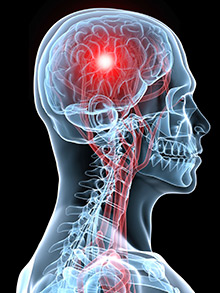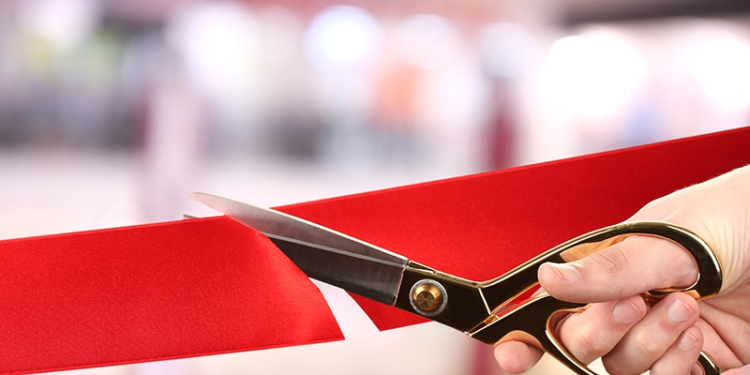
In new research that brings natural movement by prosthetic limbs closer to reality, University of California, San Francisco, scientists have shown that monkeys can learn simple brain-stimulation patterns that represent their hand and arm position, and can then make use of this information to execute reaching maneuvers precisely.
Goal-directed arm movements involving multiple joints, such as those we employ to extend and flex the arm and hand to pick up a coffee cup, are guided both by vision and by proprioception. Previous research has shown that movement is impaired when either of these sources of information is compromised. The most sophisticated prosthetic limbs, which are controlled via brain-machine interfaces (BMIs) rely on users’ visual guidance and do not yet incorporate proprioceptive feedback.
“State-of-the-art BMIs generate movements that are slow and labored-they veer around a lot, with many corrections,” said Philip Sabes, PhD, a professor in the Physiology Department and a senior author of the new study, published November 24, 2014 in the advance online edition of Nature Neuroscience. “Achieving smooth, purposeful movements will require proprioceptive feedback.”
Many scientists have believed that solving this problem requires a “biomimetic” approach-understanding the neural signals normally employed by the body’s proprioceptive systems, and replicating them through electrical stimulation. But theoretical work by Sabes’ group over the past several years has suggested that the brain’s learning capacity might allow for a simpler strategy.
In the new research, conducted in the Sabes laboratory by Maria C. Dadarlat, PhD, and postdoctoral fellow Joseph E. O’Doherty, PhD, monkeys were taught to reach toward a target, but their reaching arms and the target were obscured by a tabletop. A sensor mounted on the monkeys’ reaching hands detected the distance from, and direction toward, the target and this information was used to create a “random-dot” display on a computer monitor that the monkeys could use for visual guidance. Random-dot displays allow researchers to precisely control the usefulness of visual cues. In addition to controlling the random-dot display, information from the sensor was also converted in real time to patterns of electrical stimulation that were delivered by eight electrodes implanted in the monkeys’ brains.
The monkeys first learned to perform the task using just the visual display. The brain stimulation was then introduced, and the coherence of the random-dot display gradually reduced, which required the monkeys to increasingly rely on the brain-stimulation patterns to guide them to the target. The monkeys were engaged in natural movement, so proprioception continued to provide them with information about the absolute position of their reaching hands. Eventually the monkeys were capable of performing the task in a dark room, guided by electrical stimulation alone, but they made the most efficient reaching movements when the information from the brain stimulation was integrated with that from the visual display, which Sabes takes as evidence that “the brain’s natural mechanisms of sensory integration ‘figured out’ the relevance of the patterns of stimulation to the visual information.”
“To use this approach to provide proprioceptive feedback from a prosthetic device,” the authors write, instead of capturing information relative to a target, the brain stimulation “would instead encode the state of the device with respect to the body, for example joint or endpoint position or velocity. Because these variables are also available via visual feedback, the same learning mechanisms should apply.”
Editor’s note: This story was adapted from materials provided by the University of California, San Francisco.




